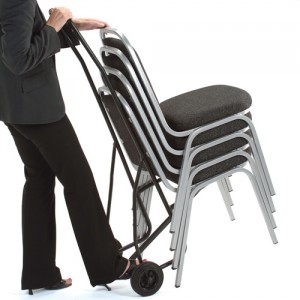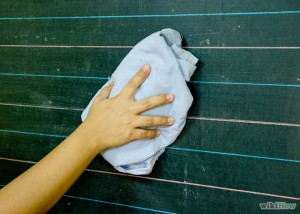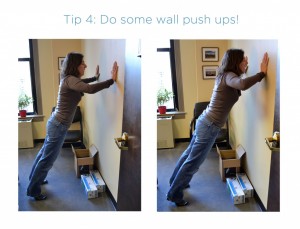Sensory tools for calming and focusing
Hi from Catherine,
All the activity and newness of the beginning of the year can be distressing. There are several ways you can use sensory input to decrease the feelings of anxiety and be able to participate in daily activities. This post concentrates on proprioceptive input. Proprioceptive input in the simplest terms is the use of our muscles.
Proprioceptive input involves using our muscles and along with our other sensed gives us awareness of where we are in space. The sense of proprioception is generated from both active and passive changes in the length and tension of muscles, joints, ligaments and even the deformation of skin (Lane, 2002). Theses sensations can be obtained by lifting, pushing, and pulling heavy objects, including one’s own weight but doesn’t necessarily require movement. If you were to hold your hand up and close your eyes then someone else moved your arm for you it is proprioceptive input the tells you that it moved and if it moved up or down.
How is proprioceptive input helpful:
Proprioceptive input is calming and organizing. When proprioceptive input is received by the body the brain has many reactions. One reaction is to produce seratonin which is the brain’s modulator for arousal. Seratonin helps to put a body at a just right alert level for learning and participating in class (or at work). Proprioception also activates the reticular system. One of the functions of the reticular system is to assist in waking us up or calming us down (Noback et al. 2005)
Here are a few ideas for increasing proprioceptive input.

Wheel barrel walk
Stacking chairs
Carrying the laundry or books
washing windows or the chalk board
raking leaves or mowing lawn
Wall push ups
find more ideas at special-ism.com/occupational-therapist-expert-britt-collins-reports-proprioception-and-how-to-provide-this-input-to-your-child/




